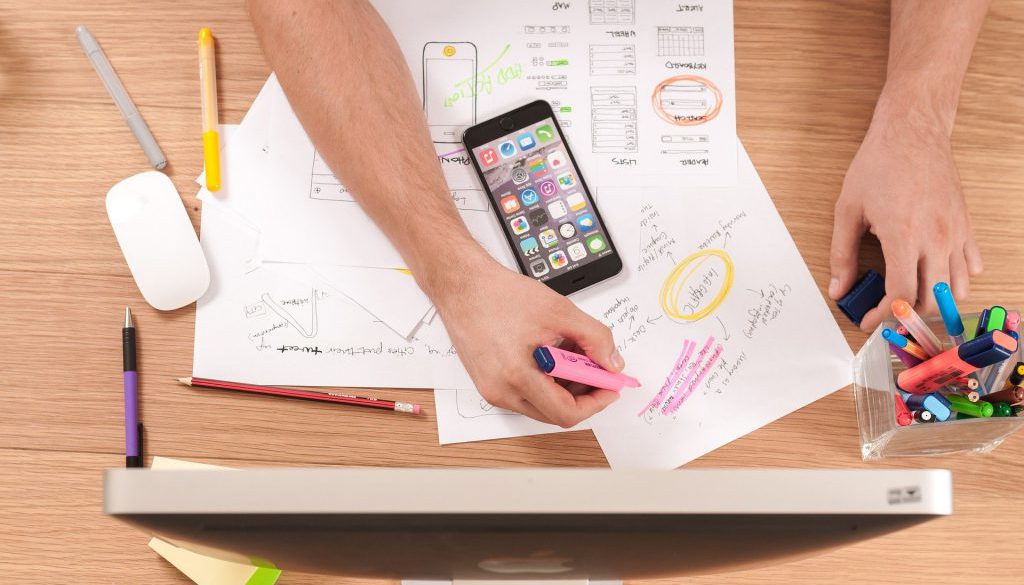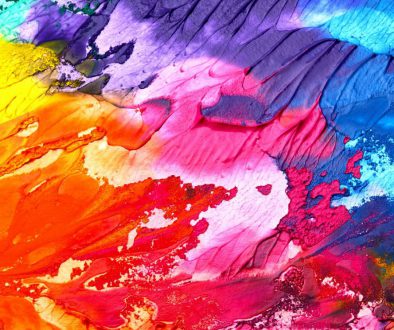What are Design Methods?
Designs have a wide range of scope and include a lot of things worthy of discussing. However, today, we are going to focus on design methods, which are interesting to talk about. Given that, let’s start and learn something new!
Defining Design Methods
Design methods refer to the techniques, procedures, tools, or aids used for designing. It offers a different lineup of activities that can be used by designers during the overall process of designing. Some conventional design procedure which includes drawing is regarded as a design method. However, in the 1950s, there were new procedures developed and grouped together, representing one name, which is the design methods. Also, designs have a common thing to say along with others else, which is all of them attempts only to make hitherto private designer thinking to the public and to apply externalization of the design process.
Now, let us proceed to a brief discussion of design methods, as well as their importance and impact.
Step 1: Discover and Learn
In designs, the very first step that you need to do is to discover and learn. When we say discover and learn, it means that we need to look for new ideas to be the basis of our designs. It can be an inspirational quote, event, person, thing, and so many more. It can also be an experience wherein the design will ensemble the memories making it easy to remember and will be forever cherished.
Aside from that, there are also instances wherein discovering and learning comes from studying designs, both past and new. Here, you need to take a look at different sources and see to it that it sparks inspiration within your creative personality. Thus, it can make you feel inspired to create new designs and later execute other needed steps to complete them.
Another thing, since design ideas come naturally after learning something or just suddenly popped in your head, then you are at the first step of making your imaginary designs become possible and visible. Whatever it is, better record and take notes about it. In this way, you can easily recall the pieces included in your idea to transform it into reality later. You can list and draw it on a clean sheet of paper.
Step 2: Rethink and Do Research
After you’ve learned and discovered anything about designs, you can now rethink your learnings and how you’ll apply them to your actions of making it happen. So, the next step involves yourself rethinking and doing research about it.
If your designs are for apparels, then you can rethink and reconsider a variety of considerations. On the other hand, you can also do researches to add to your knowledge. By doing these, it is ensured that you can make your dream designs into reality.
Moreover, doing researches for further designs can help spark inspiration within you afterwards. It can make you feel motivated to do better things in designing. Also, since the internet and social media platforms have been taking over the world, doing research on them can help you gain different and new ideas. Here, you can find a lot of inspiration and support, especially when you’re still starting your career as a designer.
Step 3: Ask for Recommendations
The next thing that you need to do is to ask for recommendations such as materials, plans, additional support (financially especially), and others else. These recommendations can soon be your support system to create high-quality and proven effective designs. On the other hand, it can also be recommendations for additional ideas to be applied to a design. It can be the colour or dedication, and so many more.
Step 4: Try Out the Idea
Next, after you’ve asked for recommendations, you can now start testing your idea. Imagine and take action on the preemptive creation of your design. This is simply called a scratch. Try out your idea to see whether it will be possible, effective, and worth it. See to it that you pour effort into this step even though it is only a scratch because there’s a huge possibility that it can be the final output.
Step 5: Finalise your Design
For the fifth step, you now need to finalize your design. Here, you need to check and ensure that the scratch you made will now be finalized as the final product. Take a look at your design and check whether there is any defect in it. In this way, appropriate action can be provided to save the whole design from being destroyed. It can also help in protecting the design from any destructive element that can easily take away all of the hard words you’ve poured into it.
Step 6: Execute the Design
Lastly, after finalizing your design, you now need to execute it. All of the plans you’ve made will now be turned into a final and finished product. Also, designs can be executed in two ways: either handmade or using a piece of digital equipment such as laptops.
An example of a handmade execution of planned designs is making handicrafts. First, you need to gather the local materials you need so that creating it will not be difficult. Then, the execution will now follow until it is finished. On the other hand, the execution of designs through digital equipment such as laptops can be a logo making as an example. Here, you need to prepare the laptop and tools for designing the logo that is all found offline or online. Also, this type of design is way more efficient and timely since a lot of people are engaged with modern technology and modern expectations.
Indeed, designs are products of both art and science. It is an art because of the thinking and imagining of how the design will be and science in the execution and collaboration of other materials to complete the making of it. Above all, considering the mentioned steps as part of the designing method can help you create and share wonderful designs to be used as a hobby or way of living. Now, if you’re interested in applying these, feel free and let your creativity burst out.


